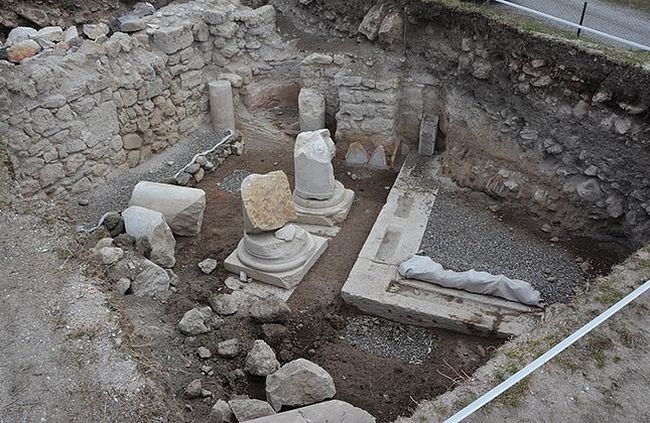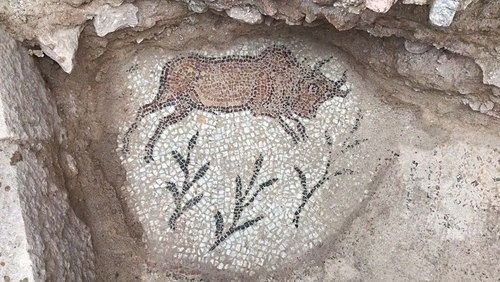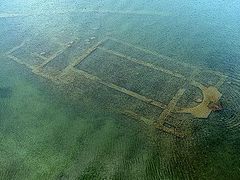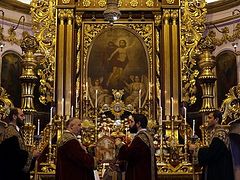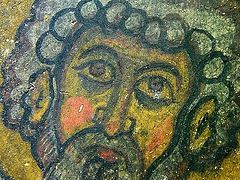Karabük, Turkey, February 6, 2018
A 1,500-year-old church, believed to be one of the earliest in Asia Minor, has been unearthed by archaeologists in a dig in the Black Sea Province of Karabük, Turkey, reports Christian Today.
The church, found in the area of the ancient city of Hadrianapolis, which now lies buried beneath Eskipazar, 100 miles north of Ankara, is decorated with images of the Geon, Phison, Tigris, and Euphrates Rivers, all of which are mentioned in the Bible, notes Ersin Çelikbaş of Karabük University's archaeology department.
The ancient city was very important for the Christian world, with Christian pilgrims arriving to the Amasra harbor to visit Hadrianapolis. They would later go to Constantinople for commercial purposes. The city lost its importance in the 8th century.
“The find dates back to the mid-5th century. When we take into consideration church architectures in Anatolia, we can say that this one is one of the earliest churches in Anatolia,” he stated.
The construction of the church coincides with the time of St. Alypius the Stylite. Ancient resources on the saint mention the existence of two monasteries under his care in Eskipazar. “In our works, we have a big opportunity to detect the existence of these monasteries or churches. The church is in a very important location,” Çelikbaş noted.
Hadrianapolis is a very important city for archaeologists. Digs began there in 2003, with 14 public buildings including two baths, two churches, a defense structure, rock tombs, a theatre, a villa and other monumental buildings and some religious buildings being unearthed.
The excavations are continuing under the supervision of the Kastamonu Musuem, the Daily Sabah reports.

